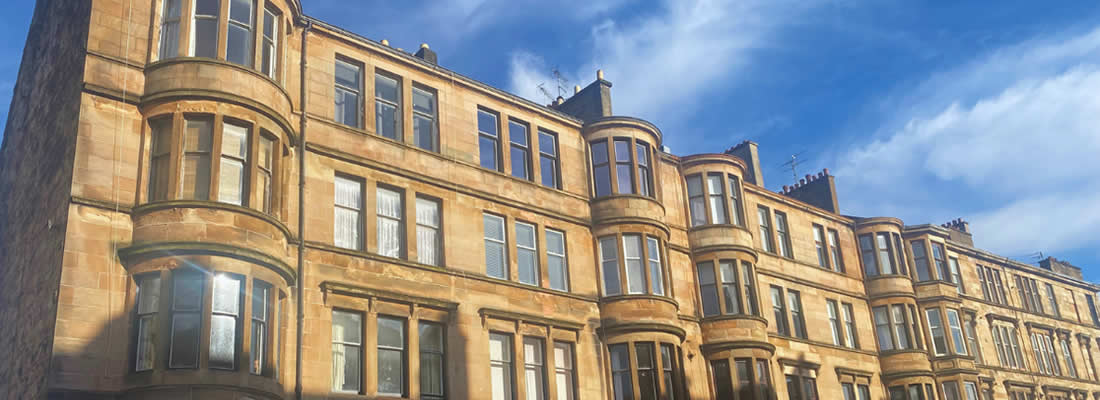Next in our series of guest articles from Under One Roof is a helpful guide to Title Deeds:
What are title deeds and where can you find them?
Title deeds are an essential part of your building’s rules. But they can be tricky to read and navigate. Title deeds are proof of ownership of a building and contain rules that apply to the building. Over the last 35 years, title deeds have gradually been computerised and renamed as land certificates. But the land certificates are based on the original title deeds, so they are essentially the same. Land certificates might also be referred to as a Land Register entry.
Many computerised title deeds for registered properties are found in the Land Register of Scotland. For such properties, anyone can obtain a copy of the title deeds for a nominal fee.
If the property has not yet been recorded in the Land Register, the mortgage lender or the owner or their solicitor will usually hold the title deeds, most likely in the form of a bundle of documents dating back to the original sale of the property.
When someone buys a property, they should be given a copy of the land certificate or title deeds. Recent buyers may simply be sent an email with a link to the Land Register entry of the property.
If you do not have a copy of your land certificate, you can purchase one from the Land Register of Scotland online. Your solicitor should also have copies.
Each land certificate, and many title deeds, will have the following sections:
- a map showing the property boundaries
- a property section – a description of where the property is and a list of rights in common
- a proprietorship section – the owners name, amount paid for the property, and date of entry
- a charges section – a list of mortgagors, etc.
- a burdens section – your building’s rules will be found here
How to use your title deeds
Title deeds are the first point of call when dealing with issues or repairs in your tenement building as they set out the building’s rules.
Title deeds can tell you about:
- which parts of the building are commonly owned
- common responsibility elements
- mutual responsibility elements
- individual responsibility elements
- decisions that must be taken by all owners
- how decisions should be made
- management rules
- main door flats, shops, etc. with no access to stair
Knowing this information can be useful for finding out shares of repair costs or who is responsible for which parts of your building, for example.
It is also possible to request or obtain land certificates or title deeds for another property if you know the address. This can be useful for common repairs if you want to find out the rules of a neighbour’s flat.
Problems with title deeds
If there are gaps in your title deeds, you must follow the guidance in the Tenements (Scotland) Act 2004 for that particular case only.
For example, if your building needs a roof repair but your title deeds do not say anything about who is responsible for the roof, you must refer to the Tenements (Scotland) Act. Under the Act, the roof is a common responsibility, so all owners must share the cost of a roof repair.
In another case, your title deeds might specifically say that in your building the close and stair are the mutual responsibility of some, but not all, owners in your building. In this situation, you would refer to your title deeds rather than the Tenements Act.
Find out more information about title deeds on the Under One Roof website.
Download this building’s rules checklist to note down what your title deeds say. This can make it easier to reference your title deeds, rather than reading the original documents every time you need them.
For more articles like this and other information on tenement management and maintenance visit the website of Under One Roof, Scotland’s only charity committed to providing free and impartial information to landlords, owner-occupiers, and housing professionals on tenement maintenance and management.





